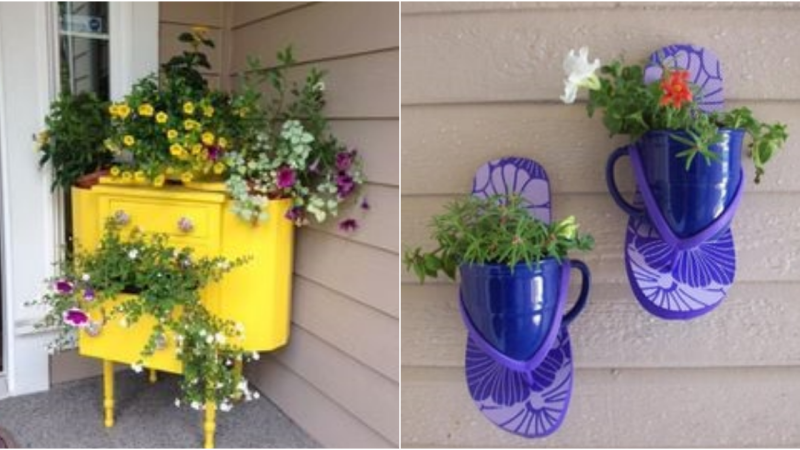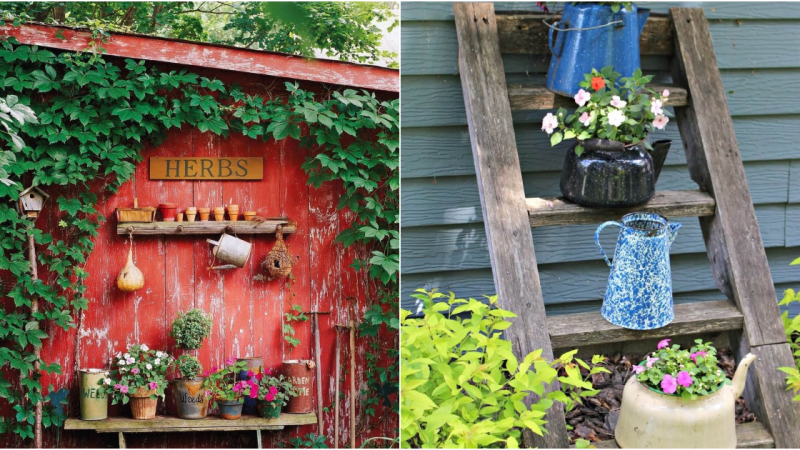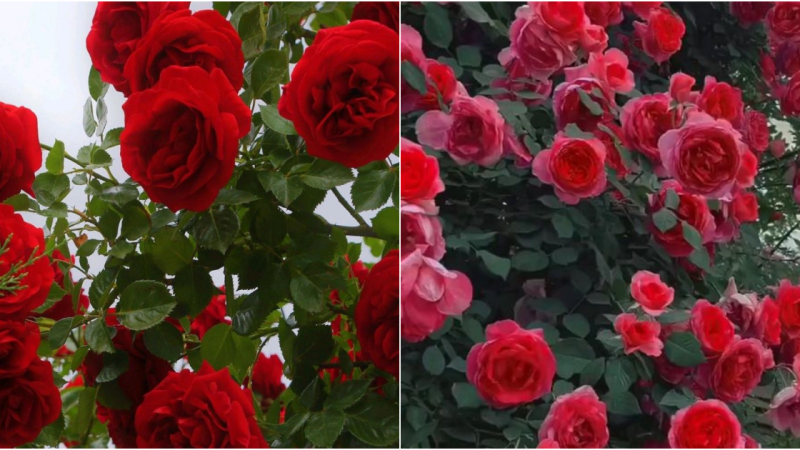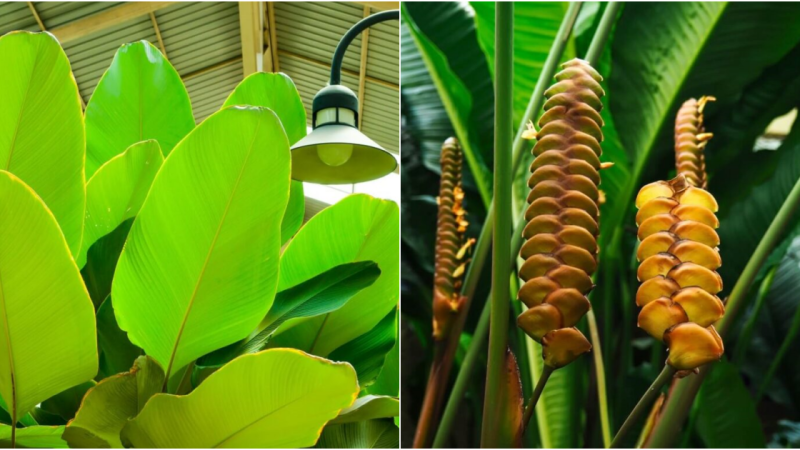Cultivating Daylilies (Hemerocallis): Tips for Successful Growth

Introduction: Daylilies, scientifically known as Hemerocallis, are captivating perennials that grace gardens with their exquisite trumpet-shaped blooms. This guide will provide you with insights on cultivating these “beauties for a day,” allowing you to enjoy their fleeting yet enchanting presence throughout summer and into autumn.
1. Selecting a Suitable Site: Choose a sunny spot for your daylilies. They thrive in well-drained, fertile soil, although they are adaptable to a range of soil types, even including clay. If you’re growing them in containers, make sure to use well-draining potting mix.
2. Planting: Plant daylilies in early spring or early fall for optimal growth. Dig a hole that accommodates the root system comfortably. Space plants about 18 to 24 inches apart to allow for adequate air circulation.


3. Soil Preparation: Amend the soil with compost before planting to improve drainage and enrich fertility. A well-prepared soil ensures healthy root development and robust growth.
4. Watering: While daylilies are relatively drought-tolerant, consistent watering is essential during their initial establishment. Water deeply, allowing the soil to soak, and then allow it to dry out before the next watering. This helps encourage strong root growth.
5. Mulching: Apply a layer of organic mulch around the base of the plants to retain soil moisture, suppress weed growth, and maintain a more even soil temperature.
6. Fertilizing: Feed your daylilies with a balanced, slow-release fertilizer in the spring as new growth emerges. Avoid excessive nitrogen, as this can lead to lush foliage but fewer blooms.
7. Deadheading: Regularly remove spent blooms to encourage continuous flowering. Deadheading prevents the plant from directing energy towards seed production, promoting the development of new buds.
8. Dividing and Propagation: Divide mature clumps every 3 to 4 years to prevent overcrowding and maintain vigorous growth. Early spring or fall is the ideal time for division. Simply dig up the clump, separate the individual fans, and replant them in prepared soil.
9. Pest and Disease Management: Daylilies are generally resilient to pests and diseases. However, keep an eye out for aphids or spider mites. If necessary, use gentle insecticidal soap or neem oil.
10. Companion Planting: Pair daylilies with complementary perennials like helenium, geum, rudbeckia, or ornamental grasses for an eye-catching border display. Their vibrant colors also harmonize beautifully with exotic plants like cannas, bananas, and ginger lilies.
11. Catering to Wildlife: The blooms attract beneficial insects like hoverflies and ladybugs, aiding in natural pest control. Enjoy their charm as cut flowers by harvesting buds just before they fully open.
12. Culinary Curiosity: For the adventurous gardener, explore certain daylily varieties that are considered edible. They can add a unique flair when fried or incorporated into salads.
13. Mindful of Pets: Be cautious if you have cats, as all parts of the daylily plant are toxic to them if ingested.
Growing daylilies is a delightful and rewarding endeavor. Their low-maintenance nature, adaptability, and captivating blooms make them a cherished addition to any garden. With the right care, you’ll be able to savor their beauty year after year, appreciating the fleeting moments that each exquisite blossom brings.







